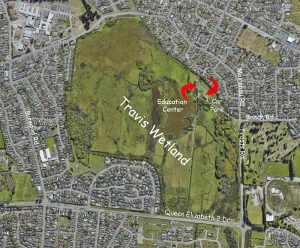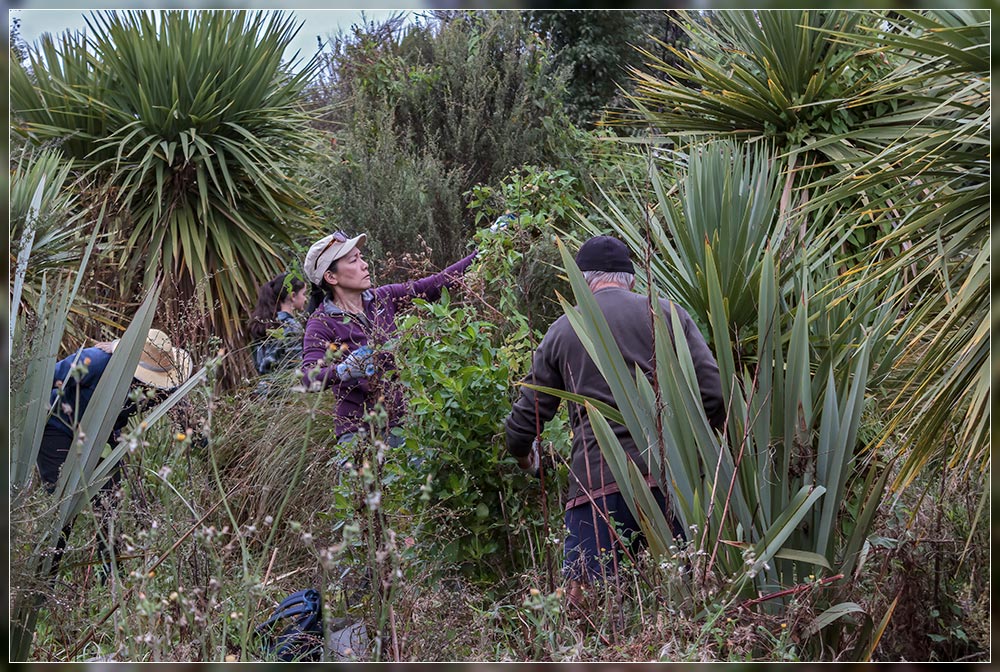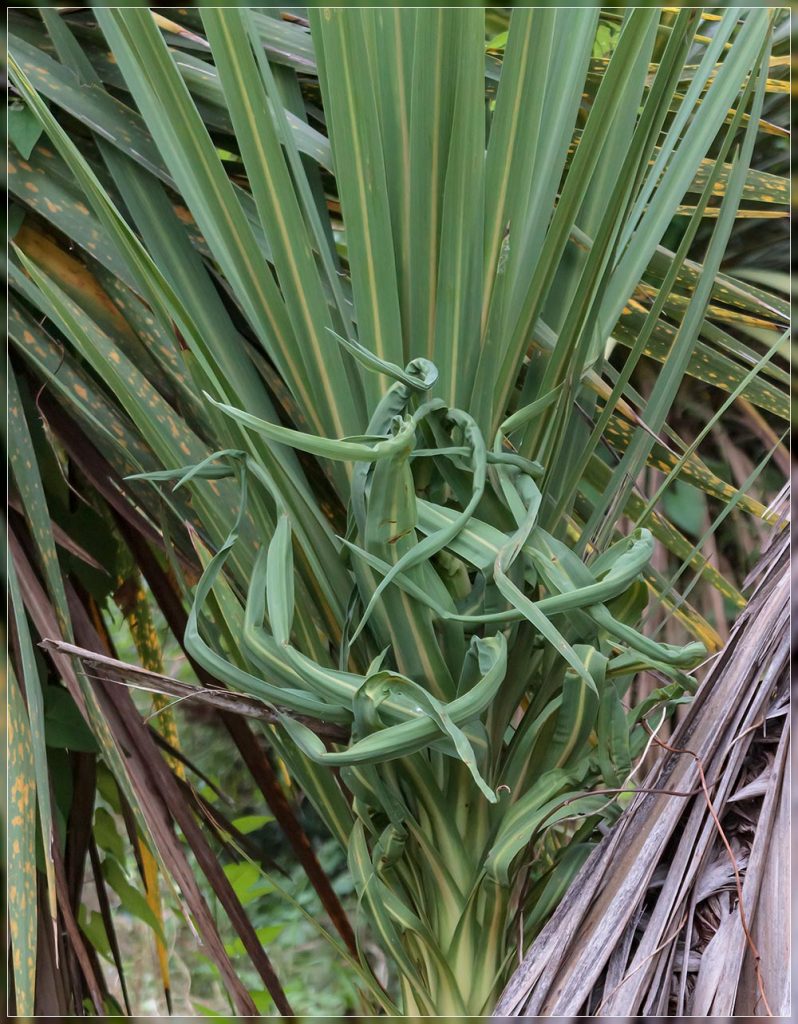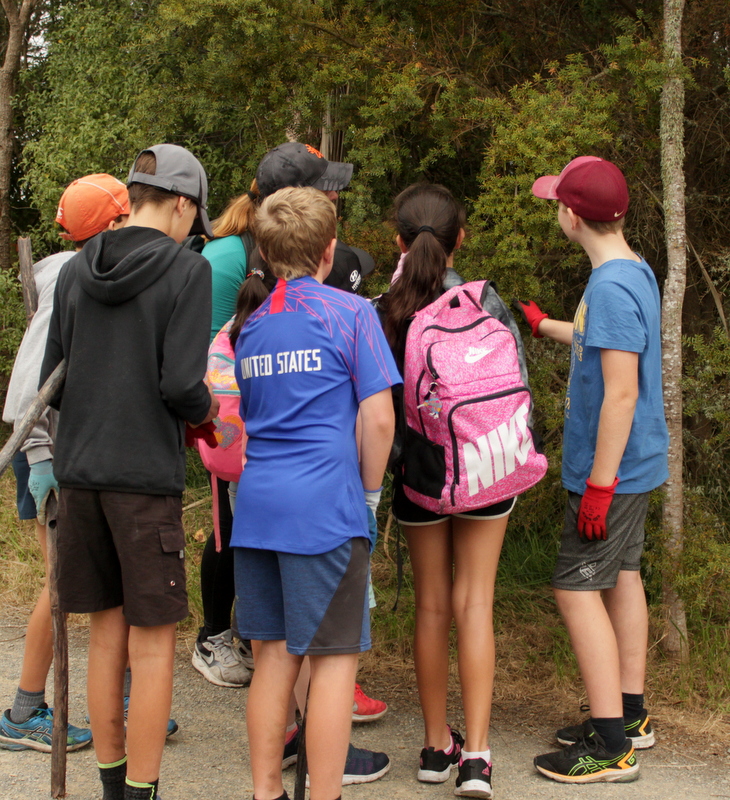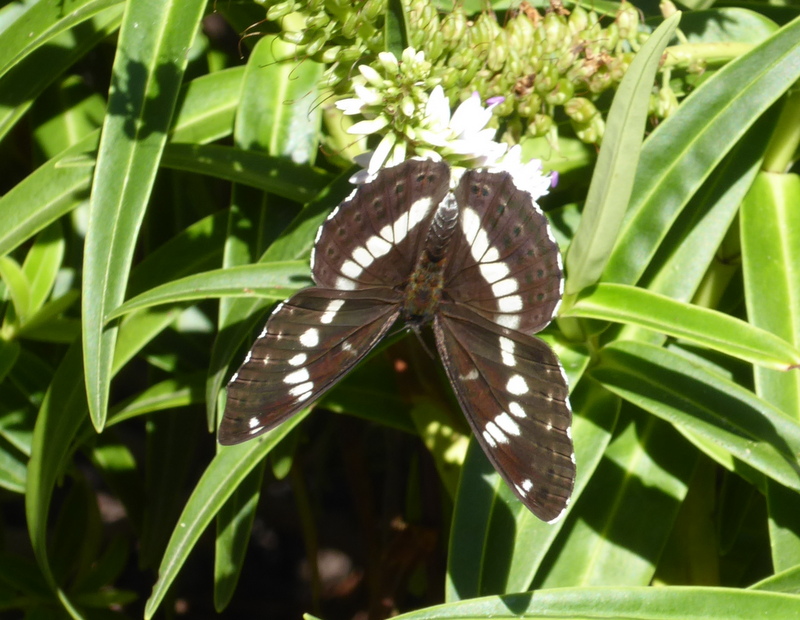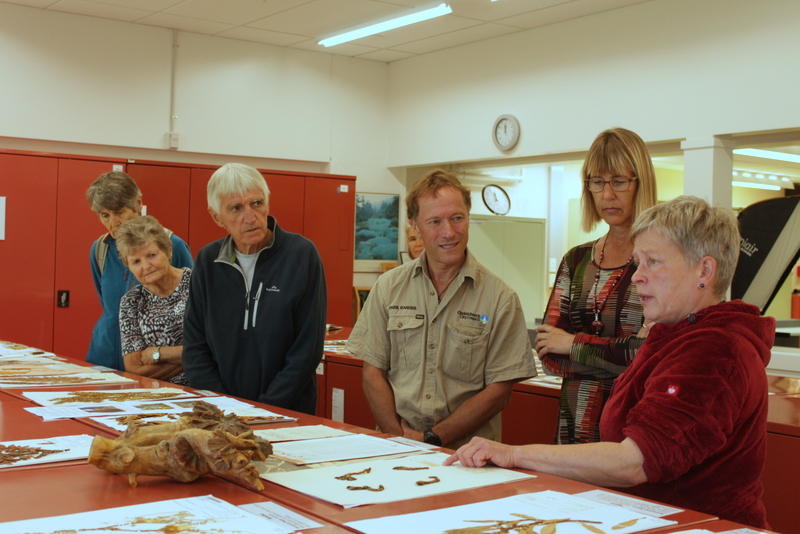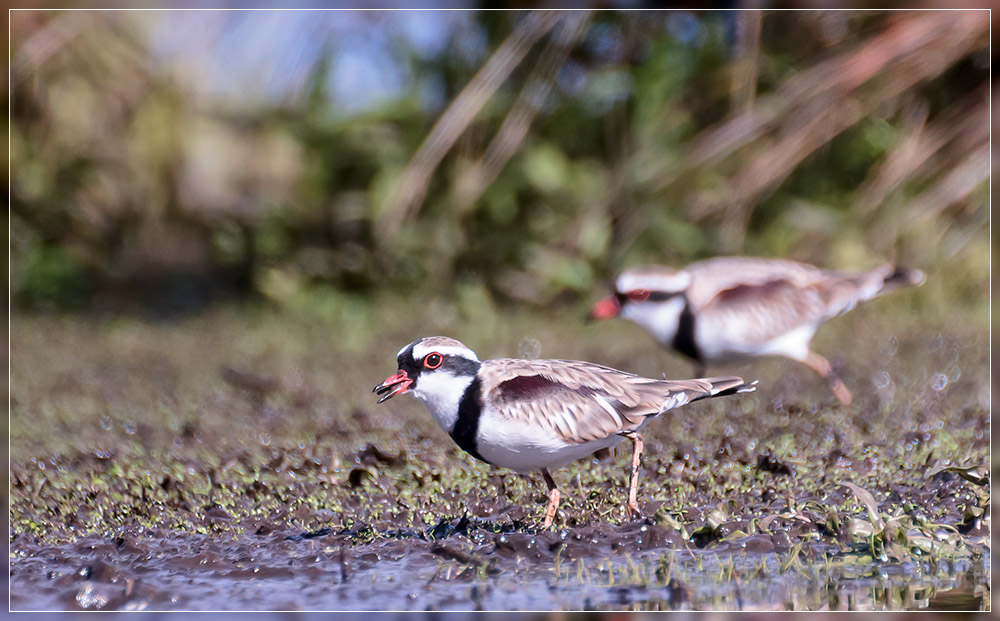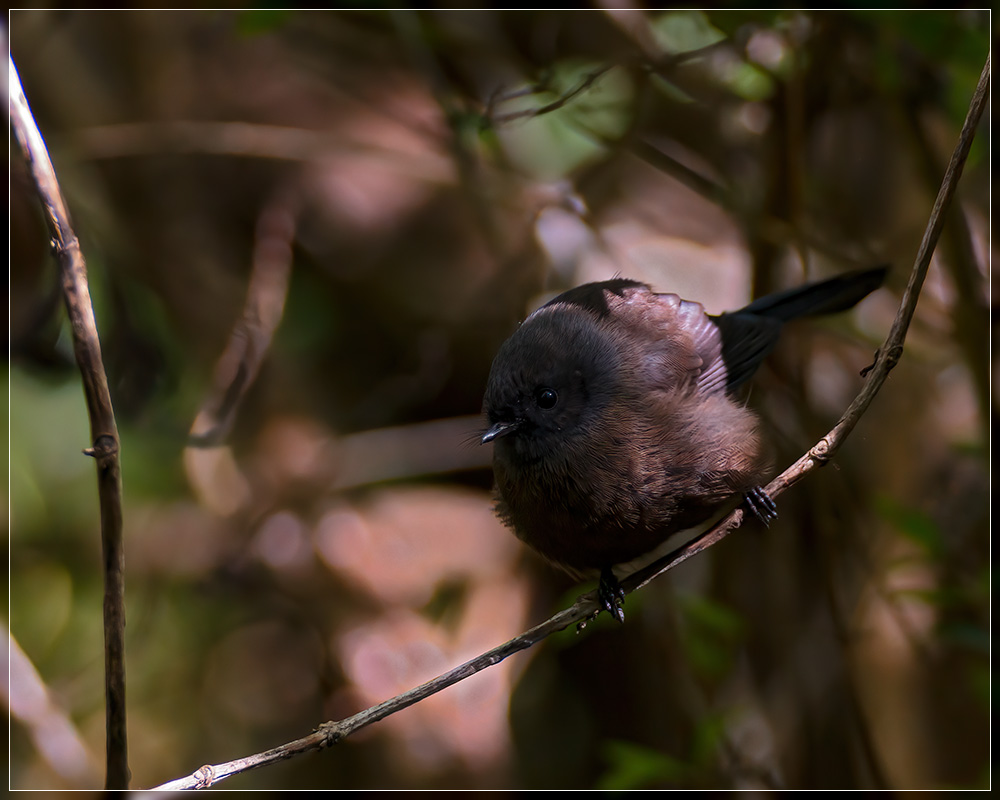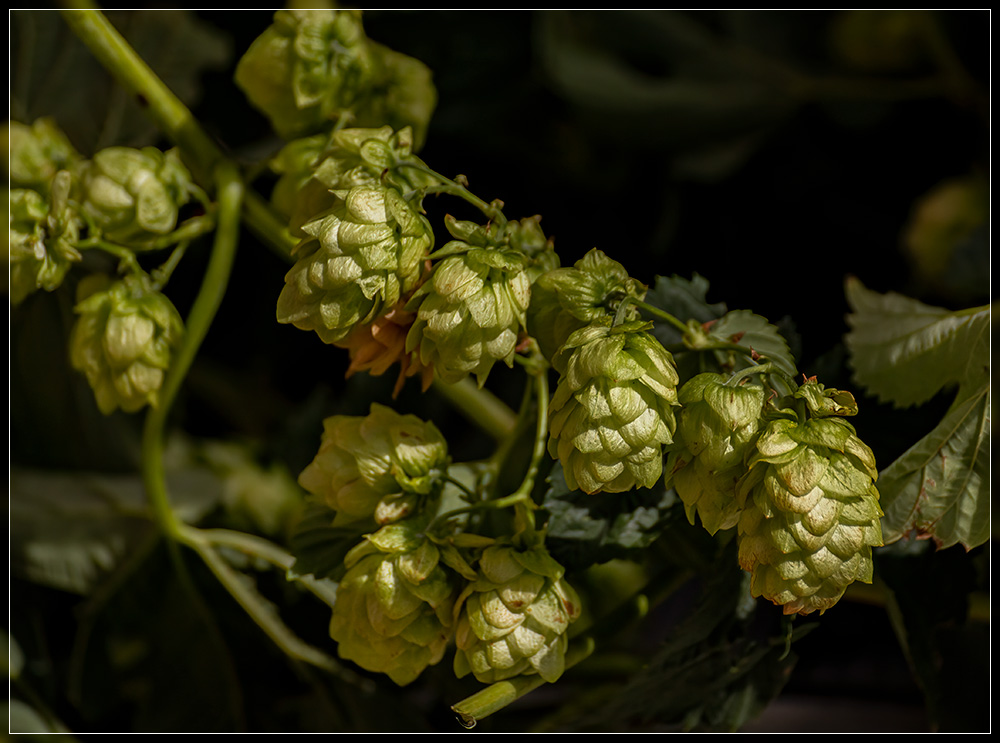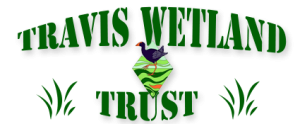 |
Work Day Reminder, April 17 2021
The next Travis work day, is Saturday April 17, 9 am – 12:00pm.
Meet at the Education Centre (the old farm house) near the Beach Rd car park at 9 am. Click on the adjacent location map for a more detailed view.
This month we may be going out to do some work in and beyond the central willows, something that is only possible at the driest time of year. It’s quite a treat. Please join us.
All tools provided. It may be wet underfoot, so gumboots are advised. If you don’t own any we do have some for loan.
Latest News
Last Work Day, 20 March
Our February workday was so much fun that we decided another day attacking weeds near the Beach Road entrance was in order. The overcast morning was perfect for some frenzied activity to the north of the footpath.
Unfortunately there was also some frenzied activity from thieves breaking into a car in the car park. This has been a frequent problem recently and we strongly recommend leaving nothing valuable in vehicles.
A keen team of 23, including 6 children, were soon chopping back the rampant weeds. Following a recent spell of rain there was high grass growth in some areas plus a smattering of mallow, thistle and dock to name but a few. Helen found a beggar’s tick (Bidens frondosa) plant and plenty of black nightshade(Solanum nigrum), which was growing tall and smothering shrubs.
It wouldn’t be a summer’s day without convolvulus. Luckily we had an enthusiastic team happy to pull our old enemy away from trees and shrubs and leave it to wither away. It’s good to know that winter will soon send this climber into hibernation.
When we found some trees under the weeds it was good to see them looking healthy. Coprosmas looked particularly glossy and young specimens of Tōtara and Mataī were doing well. Some young mānuka trees were struggling, so it was good to be able to release them from weed competition.
We found one cabbage tree with a very strange mutant-looking side shoot, like a twisted rosette. Presumably this was caused by some kind of micro-organism.
Article: Sue Britain, Images: Grahame
Nature Discovery Excursion at Work Day
As enthusiasm for releasing convolvulus from our plants dwindled among the younger generation they took time out to discover what makes Travis Wetland such a great place!
We checked out the fierce nettle which had several chrysalis’ pupating but have since been told by an entomologist that they are those of the yellow admiral butterfly. Fast flying red admiral butterflies live only in N Z and are declining in numbers. Our plan is to plant more host plants to encourage red admirals to the area.
Moving along we discovered bright green stick insects cleverly disguised among the branches and leaves. The eels are constantly viewed as were a variety of our waterfowl from the Bird Hide. Kids also saw mud nests tucked into the rafters; made by the swallows last Spring.
Some flat worms paraded for the group by stretching to what seemed like incredible lengths for their size and lots of bag moths were to be seen on the Mataī.
Back at the Ed Centre kids were able to see different kinds of nests produced by many different birds. Thank you young people for being so interested in the Wetland!
Article and image: Eleanor Bissell
More than a Collection of Dried Leaves!!!
The Travis Wednesday Work Group visited the Allan Herbarium (a collection of dried plant specimens) at Lincoln one Wednesday in March. We chose the option of travelling by public bus to the venue (watching our carbon footprint!) and were greeted unexpectedly by a fluttering Japanese butterfly. Its caterpillar a bio control for honey suckle! (Dave put the photo on iNaturalist for identification.)
Then human greetings from Paula and Ines who were our guides. Way beyond our expectations — so many specimens collected by botanists Banks & Solander during Captain Cook’s first voyage to NZ dated 1769—70. Paula also showed us a specimen collected by the late Daphne Banks from Travis!
What a great and interesting place to visit! The Herbarium houses over 620,000 specimens with 5,000 to 8,000 being added annually. You can read about the history of the collections at the Herbarium here.
The Herbarium databases are the repository for knowledge of NZ’s flora and fauna. Specimens permanently record species & locality. Specimens are carefully dried and meticulously mounted on lovely sheets of paper (volunteers are involved) then carefully filed in metal cupboards in temperature controlled rooms. So much work done by very dedicated people.
Fascinating to see a wooden ‘rose’ which forms when the fungi Dactylanthus taylori emerges from a host tree root in the shape of a rose! The fungi emits a pheromone which attracts endangered ground feeding short tailed bats that suck on the sugary taste and help with pollination when in contact with the food source. Pollen from the plant has also been found in old Kākāpō droppings.
A seed ball of Ruppia slightly larger than a soft ball was on display — it was formed during storms in Lake Ellesmere, washed ashore and was collected.
Huge thank you’s to Ines and Paula for sharing their valuable time and knowledge with us.
We rounded our amazing outing off with coffee at a local Café, then a leisurely bus trip back to Christchurch.
Article: Eleanor Bissell, Images: Dave and Eleanor
City Nature Challenge 2021: Ōtautahi/Christchurch

Between the 30 April and 3 May, tens of thousands of people from across the globe will all look for nature in their backyards and cities. Join us as we make as many observations of as many species as we can from the Christchurch District (including the central city, suburbs, and Banks Peninsula), and upload them all to iNaturalist.NZ. If you want to read more about what this whole City Nature Challenge thing is about, and how it started, check out their website at citynaturechallenge.org.
Be sure to join the Ōtautahi/Christchurch project so you can get all their news and announcements. When you’re in a web browser and signed in to iNaturalist NZ, you’ll see a friendly “join” button near the top right of each city’s project page.
Participation is easy and free! Download the iNaturalist app to your mobile device. Use the app to upload photos of organisms to iNaturalist NZ, and our friendly iNaturalist NZ community will help you identify them. It’s as simple as that! You can also add observations straight to iNaturalist.NZ on the web if you prefer.
How: Follow these four easy steps:
Step 1: Grab your smart phone with the free iNaturalist app installed, or grab your camera
Step 2: Find some nature – a species of anything, whether you know it or not, from our hilltops to gardens to beaches.
Step 3: Take a picture.
Step 4: Share your findings on the iNaturalist app or upload them to the iNaturalist NZ website.
Observations for the 2021 global City Nature Challenge competition need to be made between the start of Friday 30 April and the end of Mon 3 May. After that, everyone with some nature expertise will get stuck in identifying the species, up to 9 May, with the global results being announced on 10 May.
You can watch what all participating New Zealand cities are finding at the Aotearoa-New Zealand City Nature Challenge 2021 page. Go global and see what is being found in cities around the world, and how NZ cities are doing in the global competition, at the global City Nature Challenge 2021 page.
Install the free iNaturalist app on your phone.

